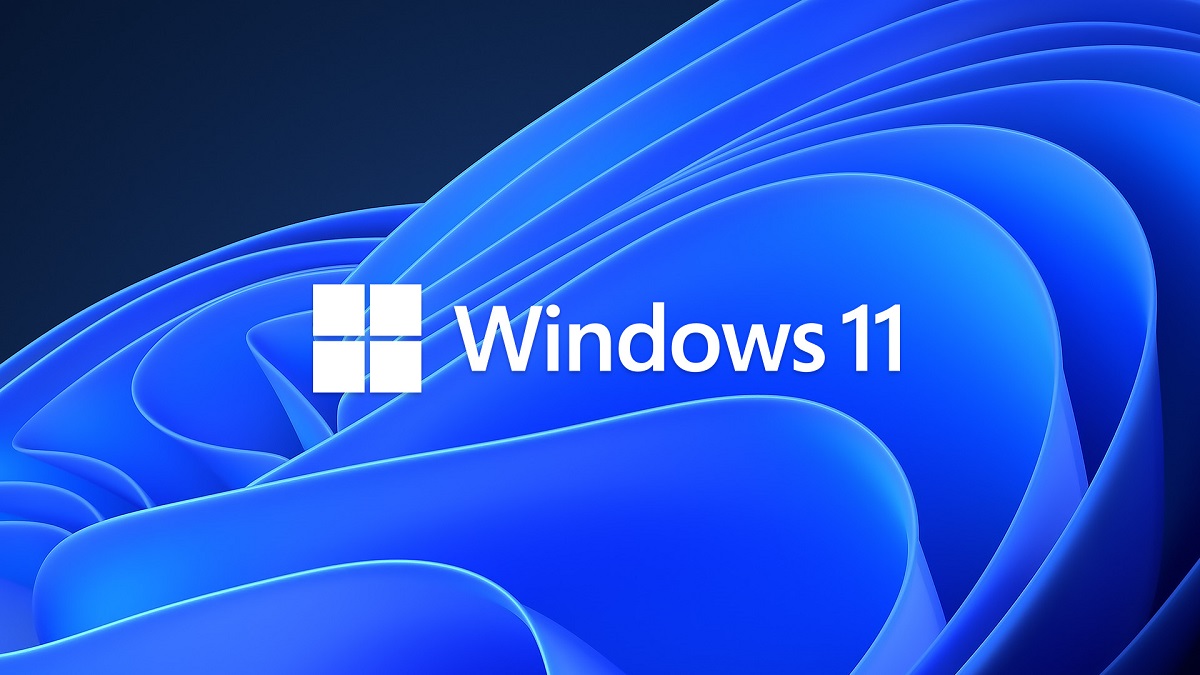
Microsoft appears to be making the same mistakes with Windows 11 as it did with Windows 8, especially with the Start Menu and Taskbar. The company is steadily removing choices, options, and functions from the operating system’s primary and iconic features.
There’s no doubt that Windows 11 is one of the most significant overhauls of the Windows operating system. However, under the pretext of “improvements”, Microsoft appears to be making some odd design decisions that seem to cripple the Taskbar and Start Menu.
Center-aligned Start Menu ‘dock’ and crippled Taskbar here to stay?
Windows 11 ships with a centered Start menu by default. Microsoft has placed and locked all items in the center. The Start Button can shift to the left, but all the shortcuts remain center-aligned.
The latest iteration of Windows OS does not like changes to the Taskbar either. This means users cannot drag and drop apps/shortcuts onto the Taskbar.
Microsoft crippled the Windows 11 Taskbar #windows11 #microsoft #windowshttps://t.co/3RKlyx2I8l pic.twitter.com/JkCNeqRQEm
— ghacksnews (@ghacks) July 24, 2021
Needless to mention this was a huge convenience that Windows 10 offered. It is not clear if the inability to add icons to the Taskbar will mean only Microsoft will control what icons will be present and available.
The second most obvious change is the limited functionality of Taskbar. In the preview builds, Microsoft has moved nearly all taskbar context menu (right-click menu) options to the Settings app.
I hope Microsoft re-enables unlocking/moving the Taskbar to the top of the screen in Windows 11. I've had two Surface Pro's touch sensitivity stop working only at bottom of the screen. Moving the taskbar to the top let me keep using them via touch. I left a feedback hub message. pic.twitter.com/jUmDsTjKfu
— Ralph Smorra (@RalphSmorra) July 24, 2021
Simply put, the standard right-click context menu for Taskbar is completely devoid of the following items which are present in Windows 10:
- Lock the Taskbar
- Cascade windows
- Show windows stacked / side by side
- Show the desktop
- Open the Task Manager.
- Show various buttons, toolbars, and interfaces.
Some of the options are now available only in the Windows 11 settings. Meanwhile, others, such as the ability to arrange windows or create toolbars have vanished.
Microsoft responds to the restrictions and reductions in functions and features in Windows 11:
Microsoft recently responded to a variety of aspects of the new design language. The company attempted to justify the design choices.
With Windows 11, Microsoft wanted to design an interface that tablet, desktop, and large monitor users could take advantage of. In other words, the company is attempting to offer a unified User Interface (UI) that would look identical and feel familiar on a variety of screens.
The Start Menu had to feel “efficient”, mentioned Microsoft, clearly attempting to justify the central alignment. Incidentally, Windows 11 offers only one location for the Taskbar, which is at the bottom.
It is important to note that Windows 11 is not a finished product. Microsoft is still actively experimenting with multiple aspects. Simply put, none of the design elements, functions, features, etc. are final and could change significantly before Windows 11 Final Build is available.


